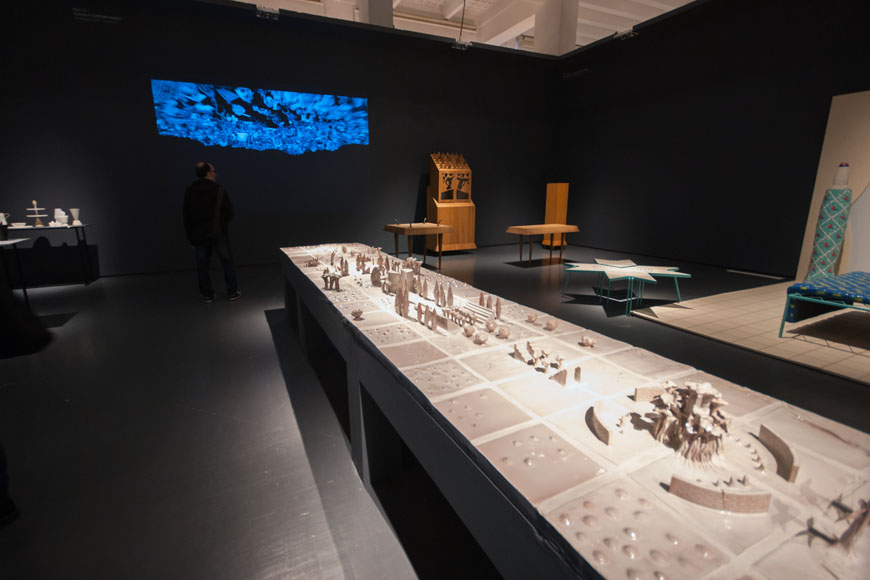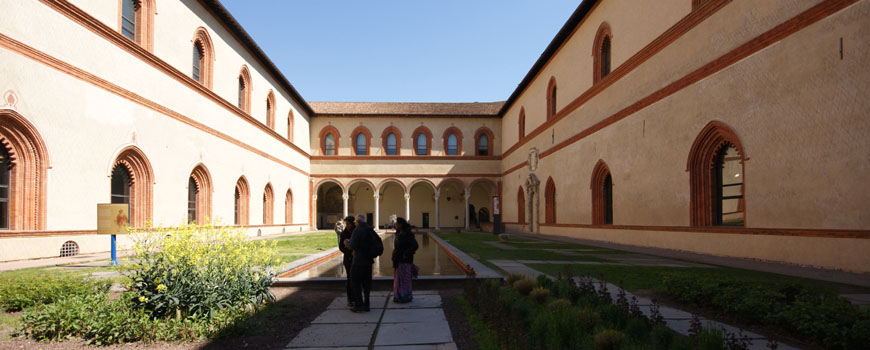Milan | The elusive Ugo La Pietra
Organizer: Triennale Design Museum, Milan
Exhibition design: Ugo La Pietra
Graphic design: POMO
Video-installations by Lucio Lapietra
Milan | The elusive Ugo La Pietra at the Triennale Design Museum
The retrospective “Ugo La Pietra. Disequilibrating design”, focused on the work of Ugo La Pietra from the 1960s to the present day, takes place at the Triennale of Milan from 26 November 2014 to 15 February 2015.
Architect, designer, artist, artisan, musician, graphic designer, teacher; it is actually hard to find a univocal definition for a person who, for 50 years, has obstinately focused his research on the less explored domains of design and creativity.
Such peculiarity, his being “unorthodox” in times when designer and industrial designer were considered synonyms, had somehow kept La Pietra’s fundamental research out of the limelight.
“This exhibition is part of a program by our museum aimed to reassess the free spirits, the mavericks, the under-grounders, the godforsaken innovators…” says Silvana Annicchiarico, director of the Triennale Design Museum.
The curator Angela Rui had to cope with a quite conspicuous set of materials: drawings, objects, prints, videos, blueprints, and prototypes. A heterogeneous mass of different items the exhibition summarizes in a long wall made of cardboard boxes, each with its own label: my flowers, my collection of whistles, my ceramics… Within some of the boxes, Ugo La Pietra created a series of tiny theatrical sets.
The exhibition, organized in thematic sections, is a surprising journey: from the early research on spatial perception to “living the city”, where the “situationist” experiments made in Milan during the seventies are featured; from “disequilibrating interiors”, displaying “deconstructivist furniture” that subverts the domestic space usage conventions, to “Reverse shot: experimenting underground itineraries”. Here, what is perhaps the most renowned work by La Pietra, his research focused on the reassessment of craft production, is shown in a large room where different sets of objects are sorted by their geographical origin.
Such pioneering intuition, which will then evolve in the so-called “territorial design”, somehow anticipates decades earlier the present-day steady development of small-scale manufacturing as a viable alternative to mass production in many fields of design and creativity.
Photos by Federica Lusiardi, Inexhibit
copyright Inexhibit 2024 - ISSN: 2283-5474
















